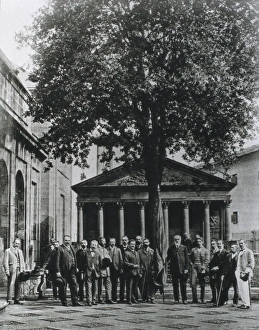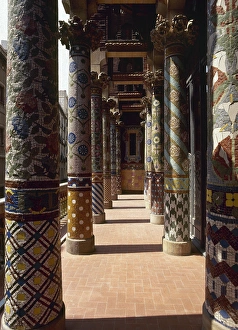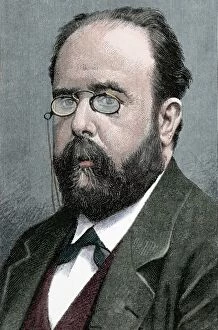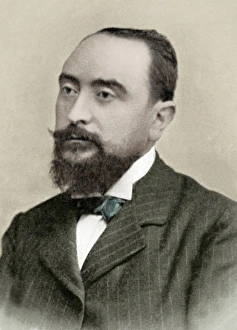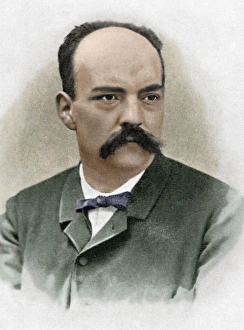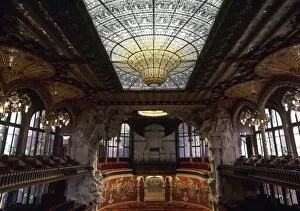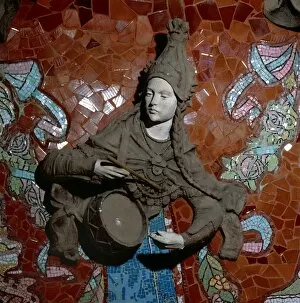Catalana Collection
"Catalana: A Cultural Tapestry of Spain's Guernica, Basque and Catalan Heritage" Step into the enchanting world of Catalana
All Professionally Made to Order for Quick Shipping
"Catalana: A Cultural Tapestry of Spain's Guernica, Basque and Catalan Heritage" Step into the enchanting world of Catalana, a region in Spain that is steeped in history and rich cultural traditions. From the iconic Palace of Catalan Music in Barcelona to the vibrant Catalan Way, this captivating land offers a glimpse into its fascinating past. In 1909, amidst political turmoil, Guernica became an emblematic symbol of resistance against oppression. This small town witnessed the birth of a movement that would shape Catalonia's identity forever. The Basque and Catalan people united their voices for freedom and self-determination. Amadeo Hurtado and Miro were two influential figures who dedicated their lives to defending justice as lawyers. Graduates in Civil Law, they fought tirelessly for the rights of their fellow Catalans. Juan Garriga and Masso were not only esteemed politicians but also ardent supporters of Catalan nationalism. Their unwavering commitment helped preserve Catalonia's unique language, culture, and heritage. Carmel Navarro i Llombart adopted the pseudonym Constanti Llombart to express his creativity through literature. His works captured the essence of Catalonia with profound insight and emotion. Teodoro Llorente Olivares was a renowned Spanish writer whose engravings beautifully depicted Catalonia's landscapes and traditions during his time from 1836-1911. Bonaventura Bassegoda Amigo immortalized moments through photography; his lens transported us back to 1903 when Catalonia thrived with vitality. Valenti Almirall played a pivotal role in shaping modern-day Catalonia. Through colored engravings, he showcased its beauty while advocating for its autonomy within Spain. The Palace of Catalan Music stands tall as an architectural masterpiece that embodies both grandeur and artistic expression. Its intricate details tell stories woven by talented artisans who poured their hearts into every stroke.

